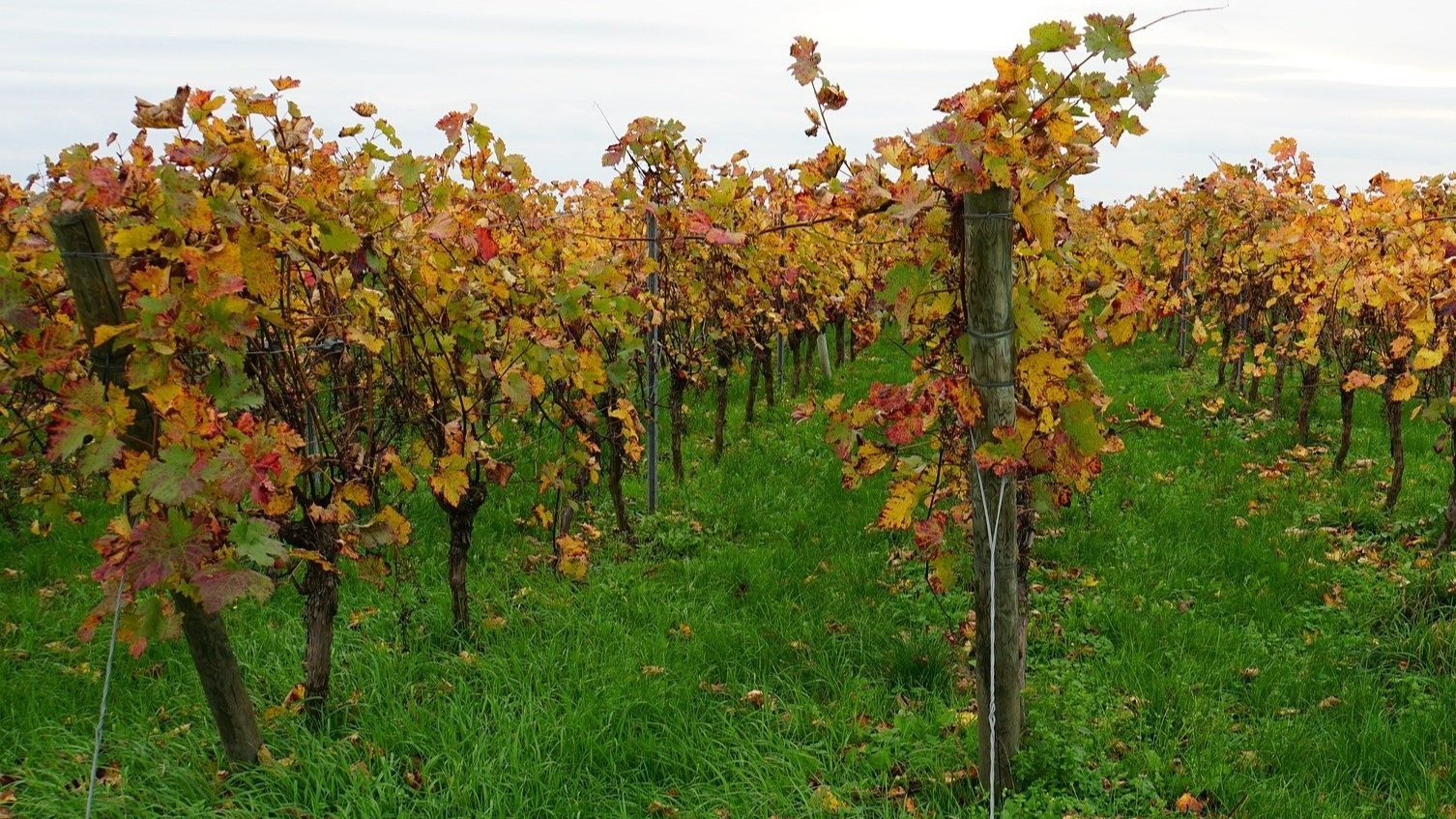
Steps of Winemaking
All grapes go through a similar process to ultimately become wine. However, there are slight differences in the steps used to make white wine vs. red wine. The actual steps are listed just below. The infographic at the bottom gives more details on what each step entails and why there is a difference between red and white wines.
Red Wine
Crushing
Alcoholic Fermentation
Draining & Pressing
Storage or Aging
Bottling
White Wine
Crushing
Pressing
Alcoholic Fermentation
Storage or Aging
Bottling
How is rosé made?
Usually through short maceration (to soften by soaking). Red wine receives its color by soaking with the grape skins, so a rosé wine will turn anywhere from a light salmon to pink or even a pale red. This can take place either before (cold soak) or during fermentation.
How are fortified wines like port made?
Fortified wines are wines that contained a distilled spirit. It raises the alcohol level and were originally created to make wine more stable for transportation across long distances. Port (Portugal) and Sherry (Spain) are examples as well as brandy, Maderia (Portugal) and Marsala (Sicily) are other popular examples.
Alcohol is added either during fermentation (stopping it so the wine stays sweet - Port) or after (Sherry, which is usually dry, though sweet styles exist as well). Yeast dies out around 17% alcohol so fermentation can no longer continue.

